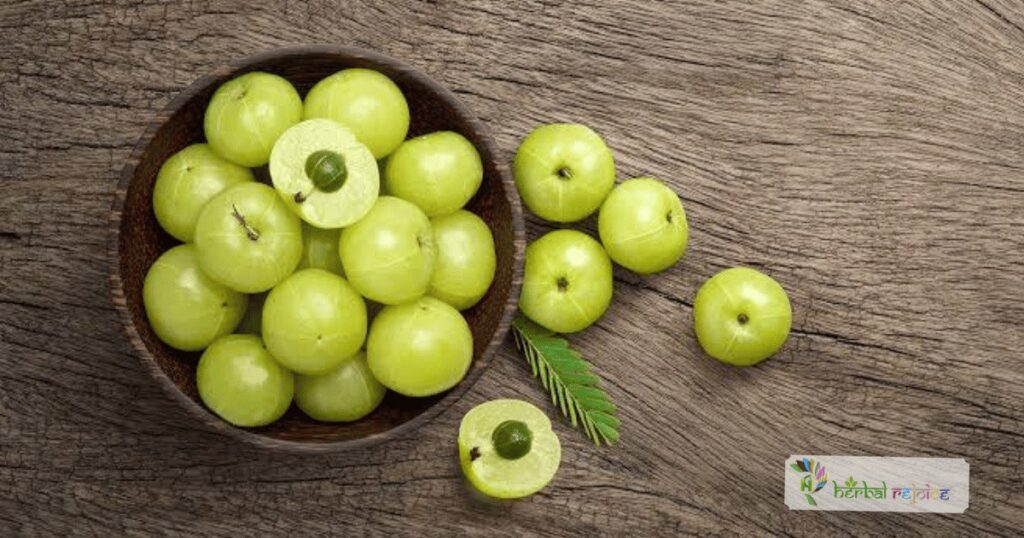Introduction
Vitex leucoxylon Linn. f., also known as Paaraavata-padi and Kaakajanghaa in Ayurveda (Kaakajanghaa is also equated with Leea aequata Linn.), is a remarkable herb found in abundance throughout the Deccan Peninsula. This herb has been used in Ayurvedic medicine for its various medicinal properties.
Medicinal Uses
One of the notable actions of Vitex leucoxylon is its febrifuge and astringent properties. The roots of this plant have been traditionally used to treat fever and as an astringent to control bleeding.
In recent studies, the ethanolic extract and cold aqueous infusion of Vitex leucoxylon leaf have shown promising results in suppressing pain and inflammation. The extract was found to significantly reduce acetic acid-induced writhing in mice. Additionally, it also demonstrated the ability to reduce carrageenan-induced hind paw edema in rats.

The anti-inflammatory activity of Vitex leucoxylon can be attributed to its flavonoid content. Flavonoids are known for their potent anti-inflammatory properties, and their presence in Vitex leucoxylon makes it an effective natural remedy for inflammatory conditions.
Conclusion
In conclusion, Vitex leucoxylon Linn. f. is a powerful herb found throughout the Deccan Peninsula. Its roots possess febrifuge and astringent properties, making it beneficial in treating fever and controlling bleeding. The ethanolic extract and cold aqueous infusion of the leaf exhibit significant anti-inflammatory activity, which can be attributed to the presence of flavonoids. Incorporating Vitex leucoxylon into your wellness routine can provide a natural and effective way to manage pain and inflammation.
Frequently Asked Questions
What is Vitex leucoxylon?
Vitex leucoxylon, also known as Paaraavata-padi and Kaakajanghaa in Ayurveda, is a herb native to the Deccan Peninsula, valued for its medicinal properties.
What are the medicinal uses of Vitex leucoxylon?
The roots of Vitex leucoxylon are traditionally used as a febrifuge to treat fever and as an astringent to control bleeding.
How does Vitex leucoxylon help with pain and inflammation?
Recent studies have shown that ethanolic extracts and cold aqueous infusions of the leaves suppress pain and inflammation, reducing acetic acid-induced writhing in mice and carrageenan-induced hind paw edema in rats.
What compounds contribute to the anti-inflammatory properties of Vitex leucoxylon?
The anti-inflammatory activity is attributed to its flavonoid content, which is known for potent anti-inflammatory effects.
How can Vitex leucoxylon be incorporated into wellness routines?
It can be included as an herbal remedy in various forms, such as extracts or infusions, to help manage pain and inflammation naturally.
Are there any scientific studies supporting the benefits of Vitex leucoxylon?
Yes, recent studies have confirmed its efficacy in reducing pain and inflammation, supporting its traditional uses.
Is it safe to use Vitex leucoxylon?
While traditionally used, it’s advisable to consult a healthcare professional before incorporating it into your regimen, especially if you have underlying health conditions.
What part of Vitex leucoxylon is used for medicinal purposes?
Both the roots and leaves are used for their medicinal properties, with the roots being traditionally used for treating fever and bleeding.
What is the significance of flavonoids in Vitex leucoxylon?
Flavonoids play a crucial role in the plant’s anti-inflammatory effects, making it an effective natural remedy for inflammatory conditions.


